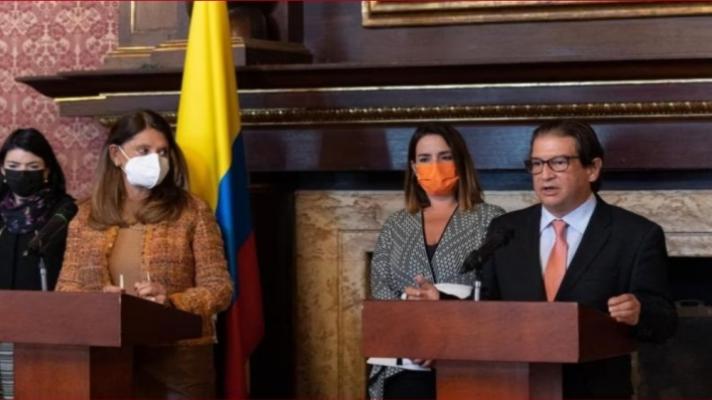Recently, the Foreign Affairs Minister of Colombia, Martha Lucía Ramírez, spoke out and questioned the United Nations Food and Agriculture Organization (FAO) and the World Food Program (WFP) for having included Colombia in the list of countries where food insecurity is likely to deteriorate further in the coming months, in a report entitled “Hunger Hotspots—FAO-WFP Early Warnings on Acute Food Insecurity: February to May 2022 Outlook.”
Martha Lucía Ramírez claimed that the publication lacks “technical support, methodological definition, and clarity in the sources that give it validity and credibility,” and asked that the statements in the report be corrected. The demands were made during a public statement attended by the FAO representative in Colombia, Alan Bojanic, who for his part apologized, and tried to clarify that the way in which the report was presented “was not the best.”
“Unfortunately, it does not reflect what we wanted to reveal,” replied Bojanic, which was “to draw attention to the acute food insecurity of some populations in the territory, mainly on the issue of Venezuelan migrants.” The FAO representative continued to vacillate, saying that the map had not helped with that objective, and that it made it seem “that Colombia would be in the same situation as other countries that are in a situation of chronic (food) insecurity.” Bojanic failed to contrast the situation of migrants in Colombia with that of Venezuela, where about six million Colombians live, for whom Venezuela never has requested international assistance.
However, following a review that the researcher Clara Sánchez made of the document, it is clear that Colombia does appear, along with Haiti and Honduras, among the countries with a critical food situation due to multiple factors. Sánchez also indicated that on page 19 of the document, it is stated that Colombia, “according to the summary of humanitarian needs for 2022, has 7.3 million Colombians who suffer from food insecurity and need food assistance.”
There is no rational way to argue that the majority of those seven million people who suffer from food insecurity are actually Venezuelan migrants, or that it is therefore “Venezuela’s fault” that people in Colombia are going hungry. Despite the indecisive public statements of Bojanic, the report paints a portrait of a state that has abandoned social programs and dedicated itself to strengthening networks of paramilitarism and drug trafficking.
Clara Sánchez recalls that it is not the first time that an FAO report has manipulated information to present Venezuela as a “humanitarian crisis” zone. Affirmations of this kind validate the deployment of financial resources for military invasions or coups.
This case is an example of how the “observations” about the political, economic, and social reality in Venezuela, issued by international organizations such as the FAO and many others, almost always come loaded with propaganda rather than reliable data.
